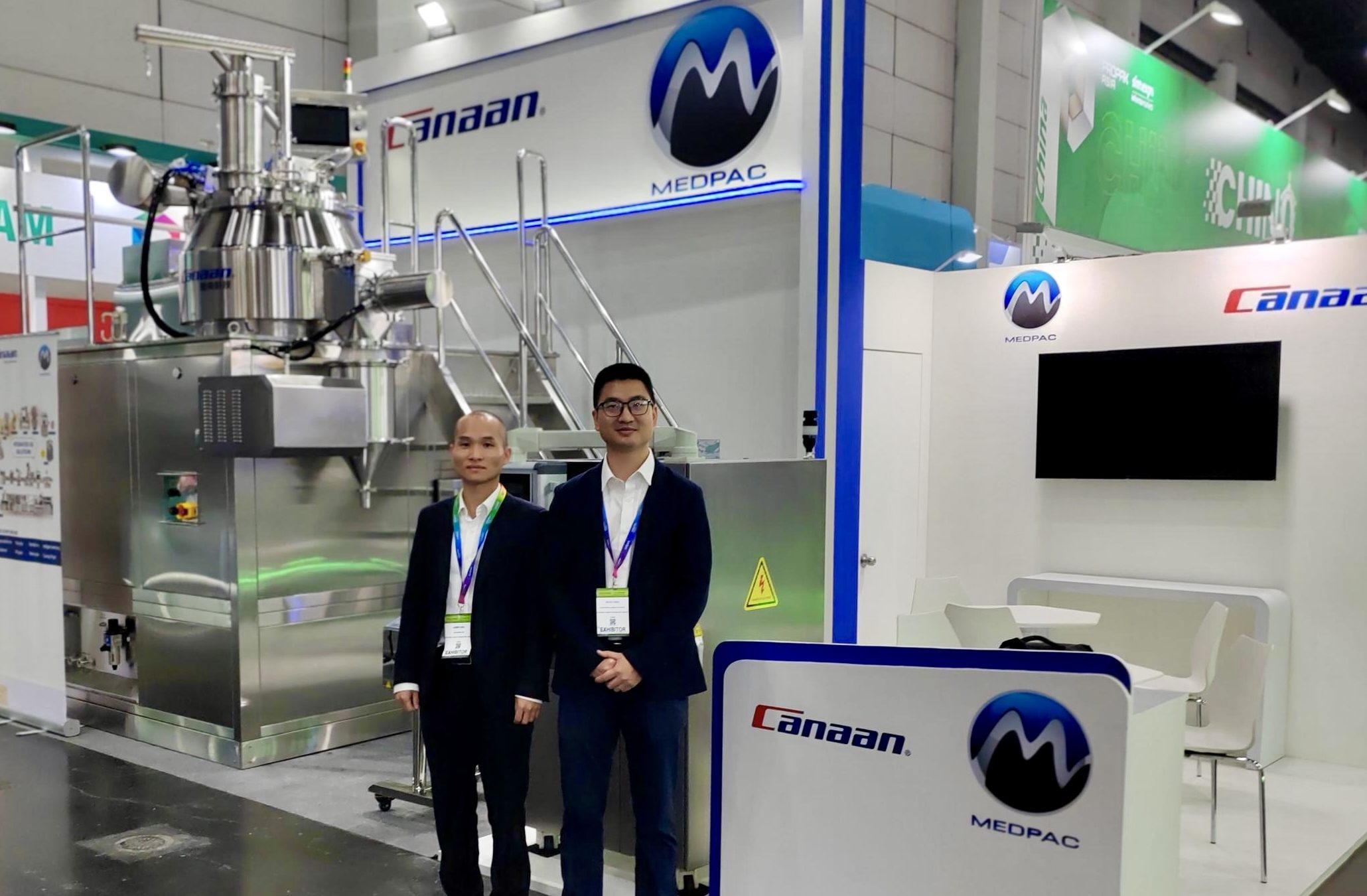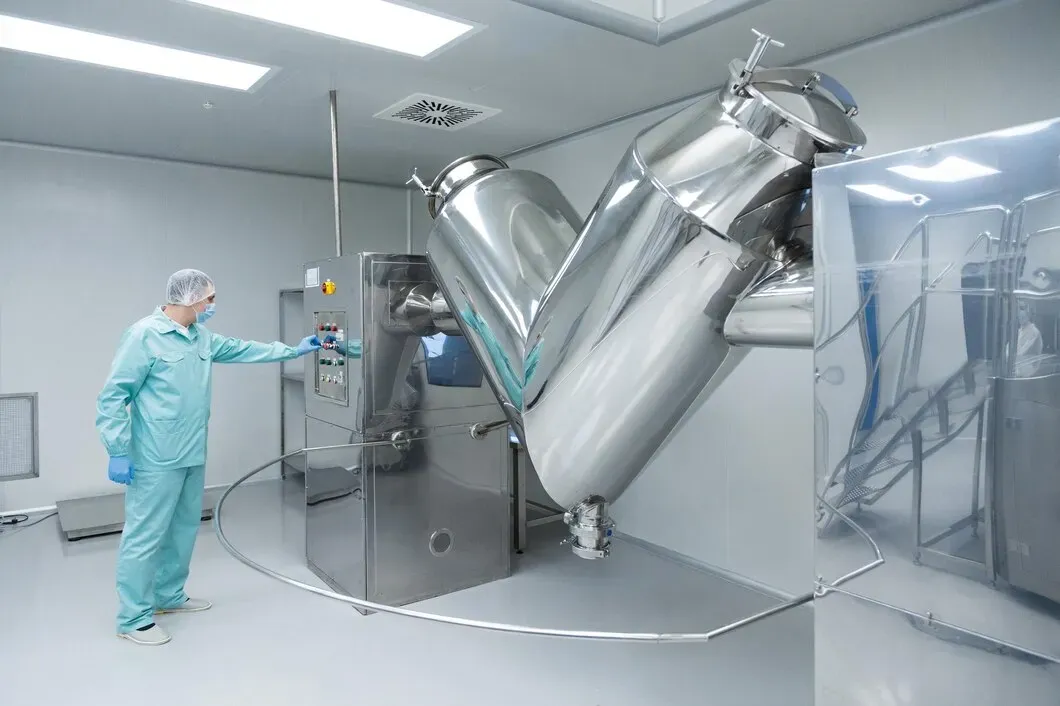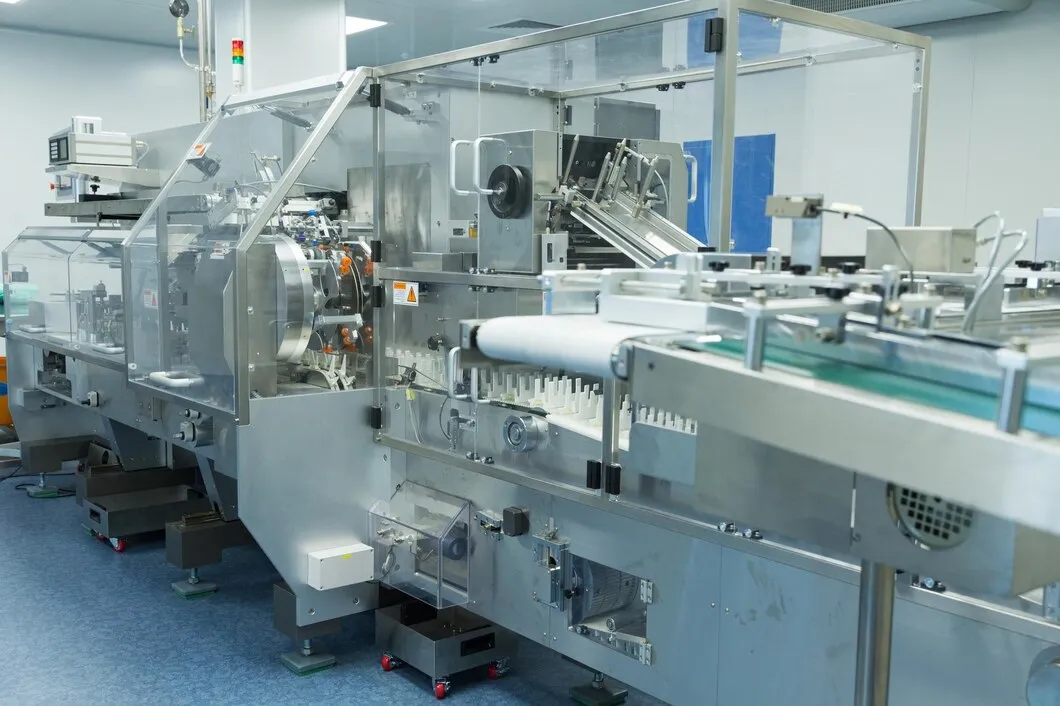Bin Blender (Stationary) is widely used in pharmaceutical, chemical, food, building materials and other industries, and are favored for their efficient mixing capabilities and ease of operation. This article will talk about its working principle, structural characteristics and applications in various industries.

Unlock Efficiency with Canaan’s Premium Bin Blender Machine – Shop Now for Unmatched Reliability!
The Bin Blender (Stationary) is mainly composed of a bin, a stirring device, a drive system, a feed port and a discharge port. The bin is the main storage space for mixed materials, and its shape and size can be designed according to specific production requirements. The stirring device usually consists of multiple impeller blades, which are installed on the stirring shaft at a specific angle to ensure uniform mixing of the materials. The drive system is responsible for providing power to the stirring device. Common driving methods include electric motors and pneumatic devices.
The working principle of the Bin Blender (Stationary) is simple. First, the material enters the stationary bin through the feed port. The design of the bin is usually cylindrical or conical to facilitate the flow and mixing of materials. In the bin, the stirring device starts to operate, and the blades rotate at high speed to continuously stir and turn the materials.
1. Flow of materials: Under the action of the impeller blades, the materials are constantly pushed and turned. The relative movement between the materials produces friction and shearing, which makes the materials of different components blend with each other. This movement not only helps to achieve uniform dispersion of materials, but also effectively prevents sedimentation and stratification of materials, ensuring that each part of the materials can be fully mixed.
2. Strong adaptability: The equipment can handle various types of materials, including powders, granules, liquids, etc. This makes it widely used in various industries. By adjusting the shape, number and speed of the impeller blades, it can adapt to different materials and meet different production needs.
1. Pharmaceutical industry: In the pharmaceutical industry, the equipment is used for the formulation and mixing of drugs. Due to the high precision requirements of drug ingredients, the uniformity and stability of the bin blender directly affect the quality of drugs. By using this equipment, pharmaceutical companies can ensure the accuracy of drug ingredients and improve the efficacy of drugs.
2. Chemical industry: In chemical production, it is often used for the mixing of various chemical raw materials, such as pigments, coatings and plastics. Through efficient mixing, chemical companies can improve production efficiency and ensure the consistency of product quality.
3. Food industry: In food processing, it is used for the mixing of various ingredients, such as seasonings, spices and grains. Its good mixing performance not only ensures the taste and flavor of food, but also improves the safety of food.
4. Building materials industry: In the building materials industry, it is used to mix cement, mortar and other building materials. Efficient mixing performance can improve the uniformity of materials, thereby improving the quality and durability of construction projects.

Curious About the Difference Between Bin Blender and Conta Blender? Find Out in Our Latest Blog – Read Now!
Bin Blender (Stationary) is widely used in many industries with their efficient and uniform mixing capabilities. By understanding its working principle and structural characteristics, enterprises can better select and use the equipment to improve production efficiency and product quality. In the future, with the continuous advancement of science and technology, the equipment is expected to play an important role in a wider range of fields.




Before any drug reaches a patient, it starts in a lab. That’s where formulas are tested, batches are checked, and quality is either confirmed or questioned. To do that work right, labs depend on the right equipment—tools that don’t just get the job done, but do it with precision. If you’re responsible for running or […]

Blister packaging is everywhere in pharma—from tablets to capsules to sample packs. It protects the product, extends shelf life, and improves patient safety. But for manufacturers, it’s more than just packaging—it’s a system built around speed, precision, and compliance. If you’re in pharma manufacturing or packaging procurement, here’s what you need to know about blister […]

If you’re deciding how to deliver a pharmaceutical or supplement product, the format you choose—liquid gels or tablets—will shape more than just how it looks. It affects how the product is made, how fast it’s absorbed, what kind of equipment you’ll need, and how the end user experiences it. Some actives work better in a […]